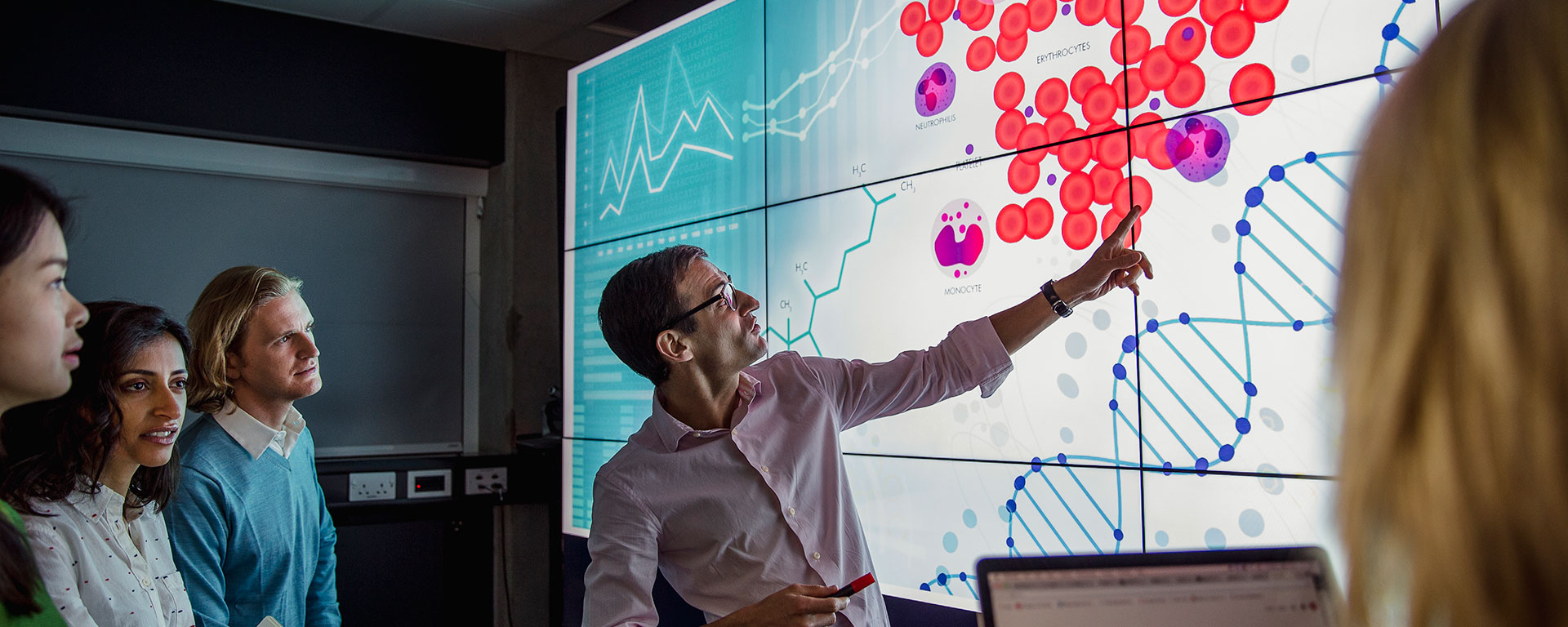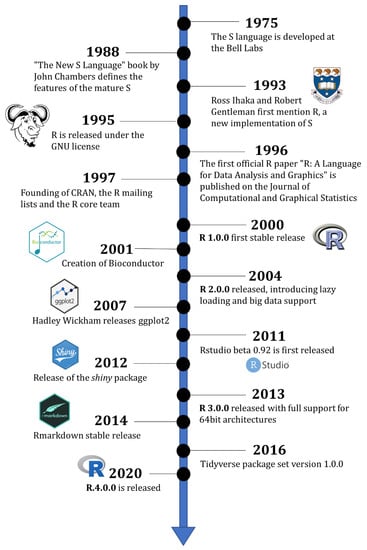See This Report about Bioinformatics Tutor
See This Report about Bioinformatics Tutor
Blog Article
Not known Facts About Bioinformatics Tutor
Table of ContentsThe Single Strategy To Use For Bioinformatics TutorSome Known Factual Statements About Bioinformatics Tutor Bioinformatics Tutor Things To Know Before You BuyAn Unbiased View of Bioinformatics TutorFacts About Bioinformatics Tutor Uncovered
Of the total amount individuals associated with the training, 80% were students from public college establishments, while the remaining 20% originated from exclusive establishments. To receive a certification of involvement, pupils were needed to go to at least 90% of the complete training hours. As a result of this requirement, a remarkable 95% of the individuals efficiently acquired their certificates, having not just fulfilled the minimum participation requirements but also finished all assigned activities throughout the training.
During the elevation of the COVID-19 pandemic, particularly in between June and August 2020, the job group was entrusted with arranging specialized training in bioinformatics. This training was particularly targeted at pupils from the study team Center for Study in Applied Computing at the Federal University of Pará (UFRA) The adaptation to remote learning platforms as a result of the pandemic created an opportunity to discover new training techniques and digital tools that improved both reach and effectiveness.
This program was developed to provide an available yet extensive introduction of Artificial Intelligence techniques, particularly as applied in bioinformatics (Bioinformatics Tutor). This virtual format allowed involvement from students across Brazil, several of whom might not have had the chance to participate in in-person sessions.
Bioinformatics Tutor - Questions
A significant attribute of this training course was its focus on hands-on understanding. Approximately 50% of the total training hours were dedicated to practical activities where pupils built smart designs and applications in a series of clinical domains, including genes, molecular biology, and environmental information analysis. Commonly utilized structures and devices such as Spyder, Google Colab, Jupyter Notebooks, and Orange were incorporated into the coursework. These systems enabled students to take part in real-time information adjustment, model training, and formula experimentation.
The course drew in 80 individuals in total. Sixty of them were affiliated with various college institutions in the state of Pará, while the staying twenty came from institutions located in five other Brazilian states. This wide geographical depiction highlighted the national rate of interest in bioinformatics and the expanding need for specialized abilities around. By presenting Artificial Intelligence in a pertinent and functional context, the initiative served to link the gap in between concept and real-world application, providing students with a strong structure for future research study or work in the area.
The training initiative developed part of a more comprehensive academic outreach effort called the Bioinformatics when driving project. This project has, for many years, introduced lots of trainees to the globe of bioinformatics and computational biology. The events held under this umbrella initiative have occurred throughout numerous regions and years, as summarized in Table 1 (List of occasions, places, years, and complete varieties of trainees and instructors)
Several of these teams, initially brought together by their engagement in training events, have actually given that gone on to produce independent clinical research in collaboration with regional academic organizations. The training not just cultivated clinical reasoning within the context of bioinformatics but additionally triggered collective connections that prolonged beyond the training setting.
The Ultimate Guide To Bioinformatics Tutor
The project itself was conceived and arranged by megabytes and RR, who looked after the planning and application of each step. Lectures were delivered by a multidisciplinary group including MB, FA, EF, KP, JS, DM, SN, LP, LG, RR, ih, and a/c. The very same group, leaving out IH and RR, additionally worked as tutors for the sensible training modules. Financing for the project was supplied with the give 88887.200562/ 2018-00 from CAPES. The writers expand their gratefulness to everybody who added to the awareness of this job, whether directly or indirectly, given that its beginning.
The Federal College of Pará's Workplace of Study (PROPESP/UFPA) also supplied economic assistance, specifically for the production of the last manuscript. The writers state no business or monetary conflicts of rate of interest that might have affected the research study. In addition, all analyses and opinions revealed in this post are only those of the writers and do not necessarily show those of their respective establishments, the publisher, editors, or customers associated with the magazine process.

The Basic Principles Of Bioinformatics Tutor
From an instructional point of view, the training strategy used in the training was deliberately interactive. Classes were carried out in a manner that urged pupil involvement and discussion, going beyond rote memorization to check out just how concepts are established, used my website in every day life, and tested in scholastic settings. The training approach concentrated on supporting both solid and struggling students, supplying personalized assistance, and structure confidence via sustained mentorship and persistence.
Each group, being composed of around 36 individuals, was sustained by 3 coaches-- a lot of whom were postdoctoral scientists with customized competence. These advisors not just helped make the group projects however likewise promoted their execution, ensuring that each research study concern was both properly over at this website difficult and relevant. The goal was to give a naturally realistic context that individuals could discover with flexible goals and access to curated datasets.
For extra understandings right into the method and end results of this project-based learning approach, readers are directed to S1 Text, that includes comprehensive summaries of the pedagogical framework, evaluation methods, and project themes made use of in the training sessions.
Bioinformatics Tutor for Dummies
Of the overall individuals entailed in the training, 80% were students from public greater education institutions, while the staying 20% came from exclusive establishments. To certify for a certification of engagement, students were required to attend at least 90% of the complete training hours. Especially, past the trainees who enrolled in the training sessions, seven knowledgeable teachers got involved in supplying the training courses, while 3 dedicated research study teachers collaborated the general training process. Roughly 50% of the overall training hours were committed to functional tasks where trainees developed intelligent models and applications in a variety of scientific domains, consisting of genes, molecular biology, and ecological data analysis. The training not only fostered clinical reasoning within the context of bioinformatics however also sparked collaborative relationships that expanded past the training environment.
Report this page